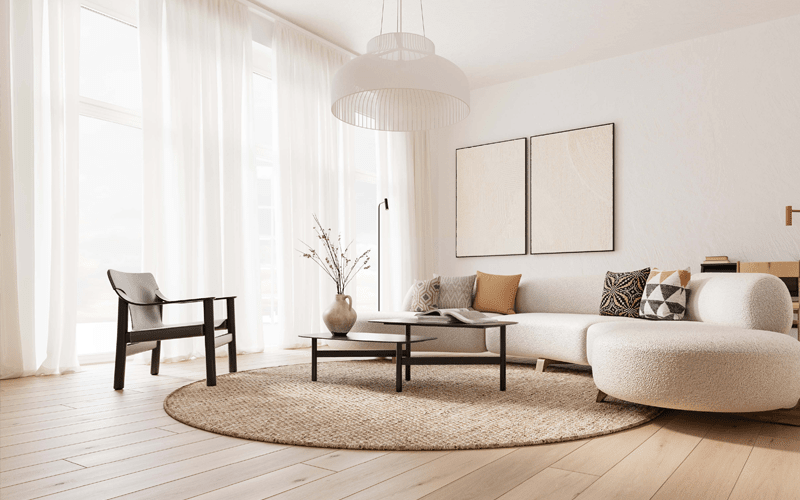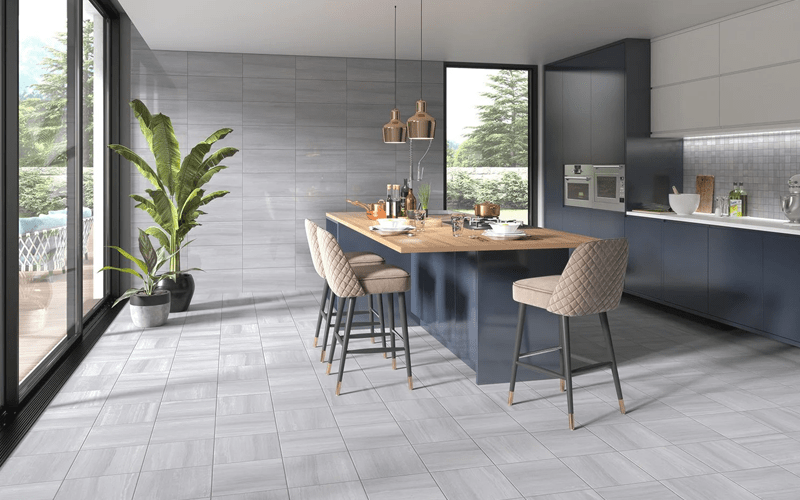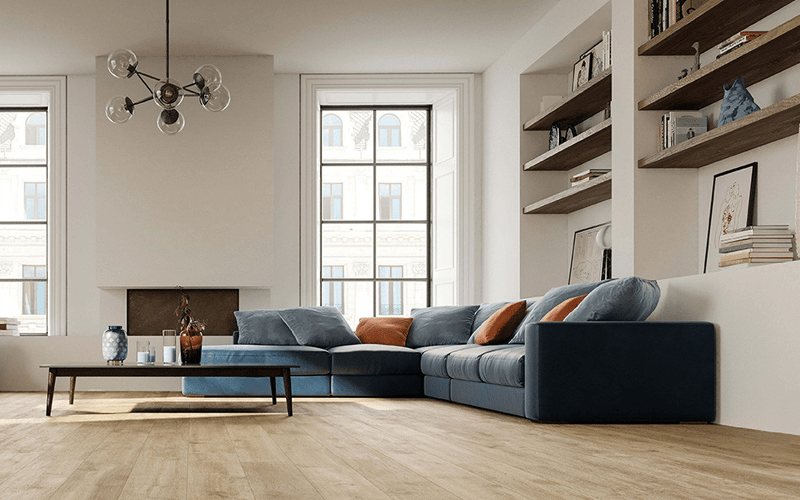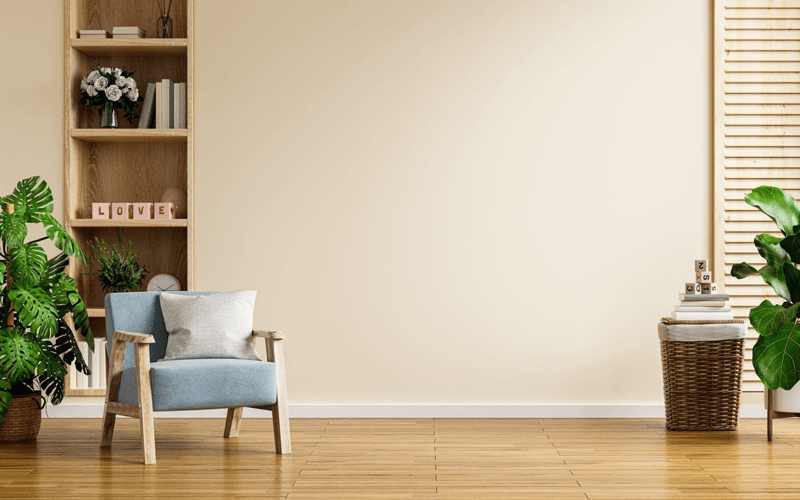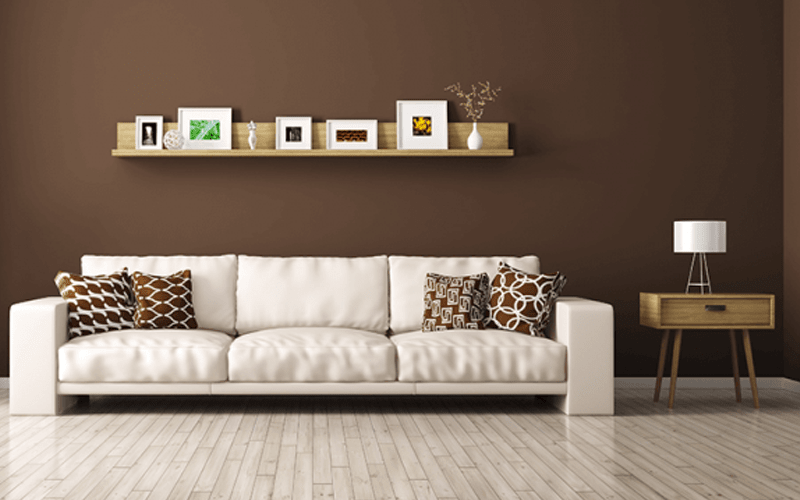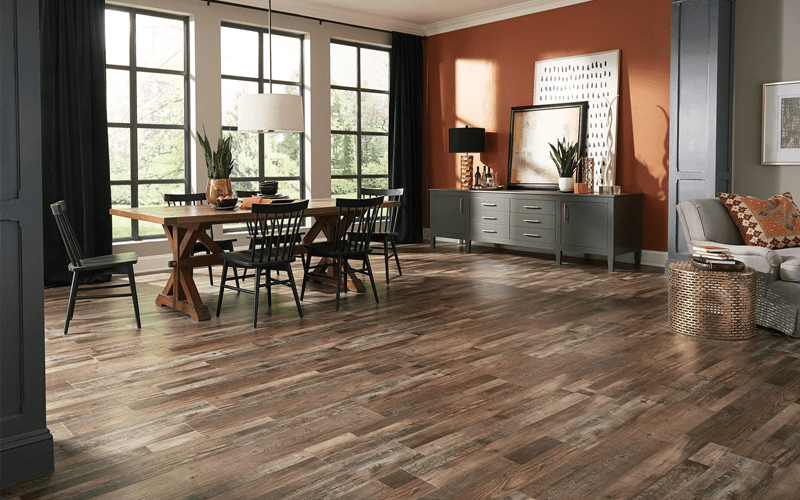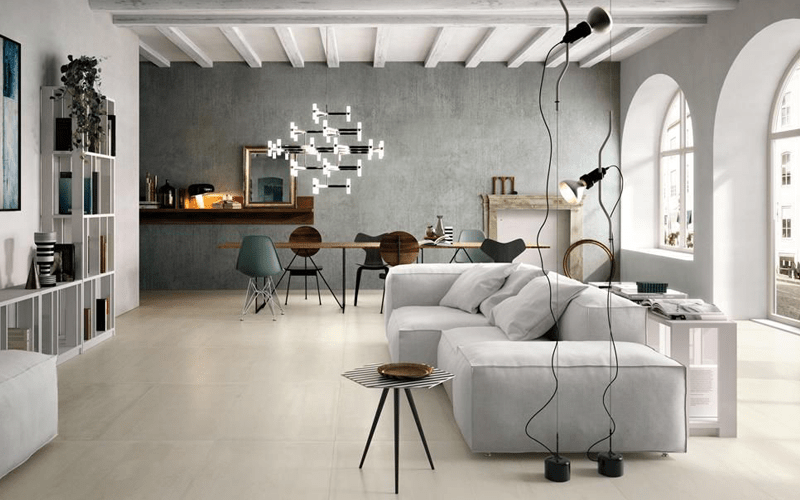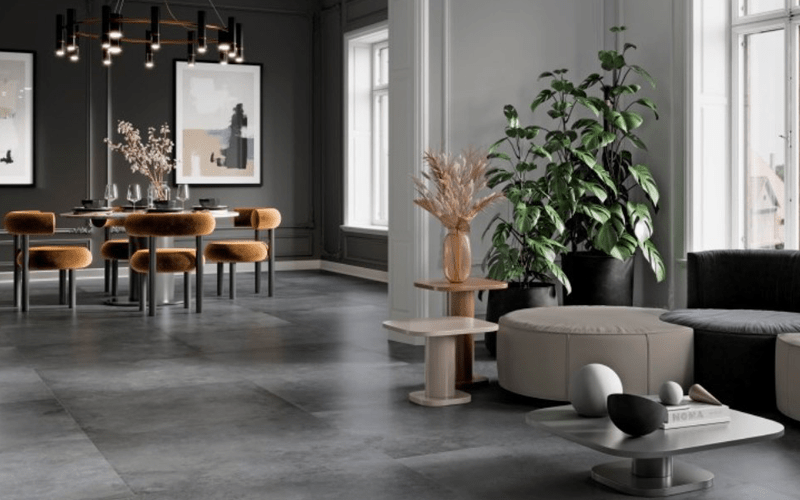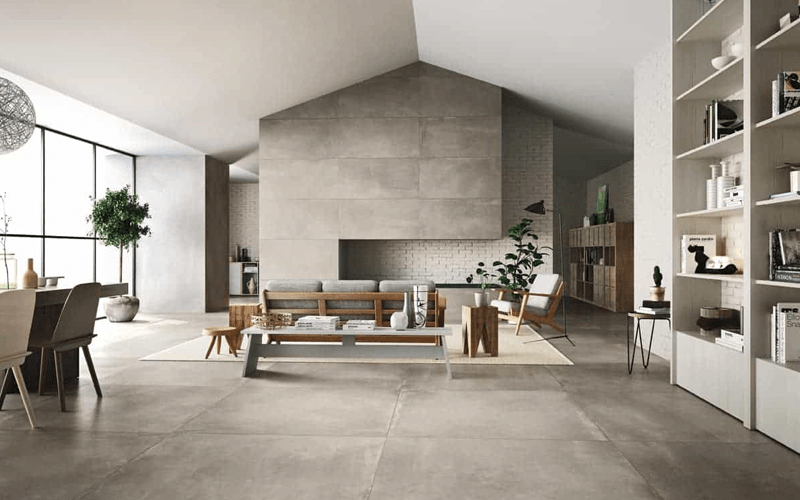Ceramic Floor and Wall Paint Color Matching Scheme
For light-colored ceramic floors, opt for shades that enhance the brightness, such as Pantone
Chiffon Yellow or Pantone Ice Flow. Alternatively, if your ceramic tiles are darker, earthy tones
like Pantone Hazel or Pantone Bison can add depth while maintaining a balanced contrast.
In essence, the process of choosing floor and wall paint colors involves careful consideration of
room size, lighting, and personal preference. Wood floors exude timeless elegance, and their colors
can be enhanced by complementary wall shades, creating a harmonious balance. Ceramic tiles, with
their durability and versatility, offer a canvas for creativity, allowing homeowners to experiment
with various color combinations.
Remember, the key lies not just in individual color choices but in the seamless integration of these
colors throughout your space. By following the Pantone color card examples provided, you can embark
on a transformative journey, turning your home into a haven of aesthetic cohesion and visual
delight. So, pick up your paintbrush and flooring samples, and let the artistry of color transform
your living space into a masterpiece of design and elegance.
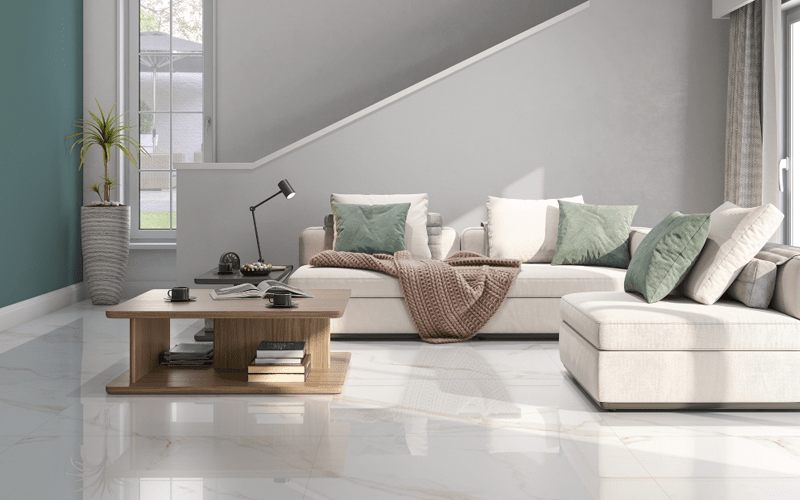
Remember, the key lies not just in individual color choices but in the seamless integration of these
colors throughout your space. By following the Pantone color card examples provided, you can embark
on a transformative journey, turning your home into a haven of aesthetic cohesion and visual
delight. So, pick up your paintbrush and flooring samples, and let the artistry of color transform
your living space into a masterpiece of design and elegance.
1. Matching Light-colored Ceramic Floors:
Light-colored ceramic floors, such as soft whites or pale grays, offer a clean and airy backdrop.
Complement these with wall paint colors like Pantone Chiffon Yellow (a delicate, muted yellow) or
Pantone Ice Flow (a crisp, icy blue). These soft tones maintain the room's brightness while adding
subtle warmth or coolness, depending on the chosen hue.
2. Matching Dark-colored Ceramic Floors:
Dark ceramic floors, like charcoal or slate, provide a dramatic foundation. Balance their depth with
lighter wall paint colors such as Pantone Hazel (a warm, earthy brown) or Pantone Bison (a soft,
neutral tan). These colors create contrast, preventing the room from feeling too closed in and
adding a touch of sophistication.
3. Creating Depth with Complementary Colors:
For a dynamic and visually stimulating effect, consider complementary colors. Pair light ceramic
floors with Pantone Glacier Green (a refreshing, cool green) or Pantone Lavender (a soothing, muted
purple). Similarly, dark ceramic floors can be paired with Pantone Coral (a vibrant, warm
pink-orange) or Pantone Peacock Blue (a rich, deep blue). These combinations inject energy and depth
into the room, making a bold statement.
4. Using Monochromatic Schemes:
Monochromatic schemes involve selecting different shades of the same color. For instance, if you
have light gray ceramic floors, choose varying shades of gray from the Pantone card for the walls.
This creates a sophisticated and elegant atmosphere, where the subtle differences in shades add
dimension without overwhelming the senses.
5. Accentuating with Bold Accents:
Introducing bold accents can elevate the room's style. Choose a vibrant color from the Pantone card,
like Pantone Flame (a lively, warm orange) or Pantone Ultra Violet (a bold, deep purple), and use it
sparingly on furniture, artwork, or decorative elements. This technique adds a pop of color, making
the space visually exciting without overpowering the primary palette.
6. Considering Room's Purpose:
Different rooms serve different purposes, and the color scheme should reflect this. Calming hues
like Pantone Serenity (a serene blue) work well in bedrooms, while energetic colors like Pantone
Fiery Red (a vibrant, warm red) can enhance the vitality of living rooms or dining areas. Consider
the room's function and select colors that align with the desired mood and ambiance.
7. Experimenting with Patterns:
Ceramic tiles offer diverse pattern choices. Experiment with patterns like chevron, herringbone, or
mosaic, combining different shades from the Pantone card within the pattern. This creates visual
interest and can serve as a focal point within the room.
In conclusion, the Pantone color card serves as a versatile tool to guide your ceramic floor and
wall paint color selections. By understanding the impact of different hues and their combinations,
you can craft a space that reflects your personality, style, and the desired ambiance. Whether you
opt for subtle tones, bold contrasts, or intricate patterns, the key lies in achieving a harmonious
balance that resonates with the room's purpose and your aesthetic preferences, transforming your
space into a haven of elegance and sophistication.

